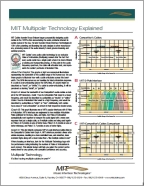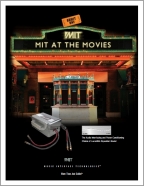Multipole Technology
Discover what many recording and film studios have known for the past 35 Years— MIT Audio Interfaces deliver the highest degree of signal integrity!

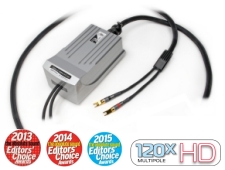
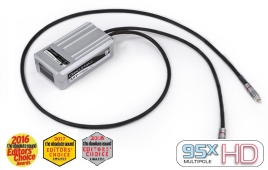
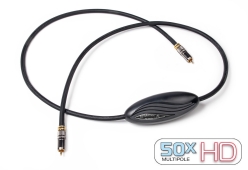

Q: What is Multipole Technology™ and what do the numbers mean?
A: It is the technology NO other audio cable maker can offer – the numbers are “Poles”
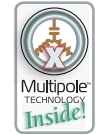
MIT Cables founder Bruce Brisson began purposefully designing audio cables in the 1970’s after encountering the sonic problems inherent in cables typical of the day. MIT Cables founder Bruce Brisson began purposefully designing audio cables in the 1970’s after encountering the sonic problems inherent in cables typical of the day. He later founded Music Interface Technologies in 1984 after patenting and licensing his early designs to other manufacturers, producing some of the audio industry’s most ground-breaking and seminal products.
More than just cables: What’s the difference with MIT Cables ?
It’s the difference between an audio cable and an audio interface.
MIT Cables’ core audio cable technology is our exclusive Poles of Articulation, named after the fact that every audio cable has a single point where it is most efficient at storing and transporting energy. At this point in the audio frequency spectrum, the cable will articulate best, and represents the cables’ particular Articulation Pole.
Theoretically, if you could use three different cables at the same time, each with a different Articulation Pole, to interconnect two audio components together, you would have an interface with three Articulation Poles; one for the highs, one for the mids, and one for the lows. Together, they would work to transport the audio signal from component to component with more articulation. This is what MIT Cables accomplishes with its patented technology, to a much greater extent, within each engineered interface. We call this Multipole Technology.
The benefit is more lifelike vocals and instruments, mid and high frequencies become less bright or tiring, voices are clear and understandable, and bass frequencies become tight and deep.
About the Graphs: An example using 6X Multipole
 About the Graphs: The graphs below are conceptual illustrations representing the bandwidth of the audible range of the human ear. We use these graphs to illustrate how well cable articulates across this bandwidth. The 50% line serves as our baseline for ideal articulation response. If a cable is over-articulating (above the 50% line), it’s sound might be described as “harsh”, or “brittle.” If a cable is under-articulating, it will be perceived as lacking “detail”, or “garbled”.
About the Graphs: The graphs below are conceptual illustrations representing the bandwidth of the audible range of the human ear. We use these graphs to illustrate how well cable articulates across this bandwidth. The 50% line serves as our baseline for ideal articulation response. If a cable is over-articulating (above the 50% line), it’s sound might be described as “harsh”, or “brittle.” If a cable is under-articulating, it will be perceived as lacking “detail”, or “garbled”.
Graph A:
Graph A: shows the bandwidth of two Competitor’s audio cables as tested in the MIT laboratory. An example of a Competitor’s cable (Cable 1) sonic characteristic has its Articulation Pole tuned to a lower frequency, and would be described by audiophiles as “muddy” or “veiled.”
Another Competitor’s cable (Cable 2) has its Articulation Pole tuned to a high frequency, and would be described by audiophiles as “bright” or “fast.” Additionally, both cables have areas of “over-articulation” as shown in their respective shaded areas.
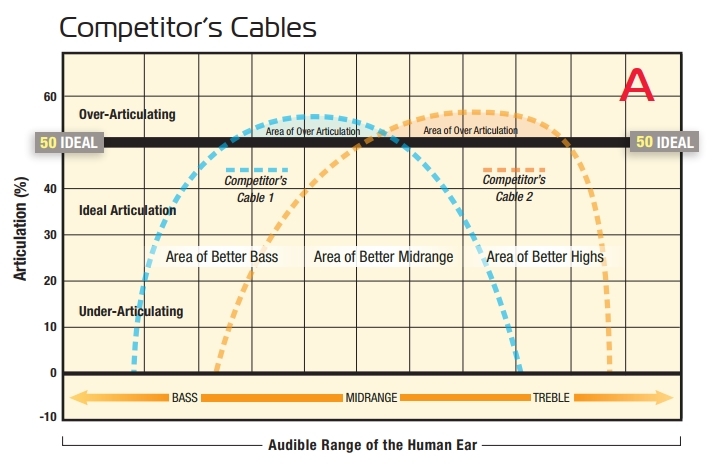
Graph B:
Graph B: This graph illustrates one of MIT’s popular interfaces with 6 Poles of Articulation. MIT’s interfaces are engineered to have multiple Articulation Poles optimized for the lows, mids, and highs. Our Poles of Articulation synergistically work together to transport the audio signal with a more even response than just a single cable, as if multiple cables are being used together. Poles A & B provide an area of better bass, Poles C & D provide an area of better midrange, and Poles E & F provide an area of better highs.
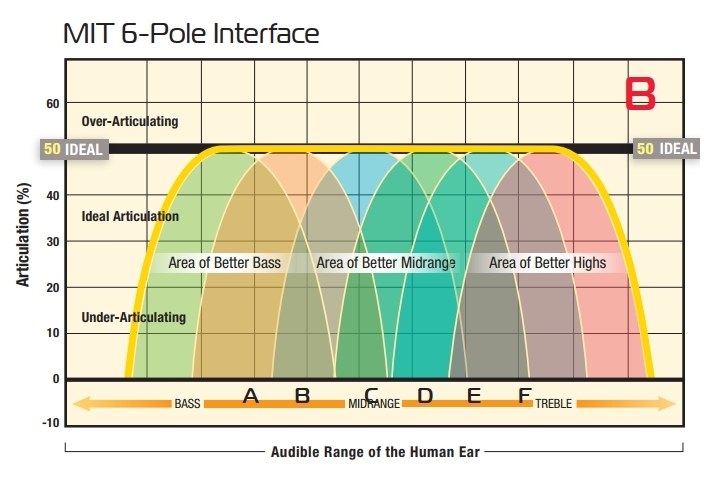
Graph C:
Graph C: This plot directly compares MIT’s 6-pole interface (yellow line) to the Competitor’s Cables from Graph A. MIT’s interface provides a linear articulation response, resulting in a more controlled bass, and smoother, more extended highs along with a lower noise floor –“like multiple cables in one!”
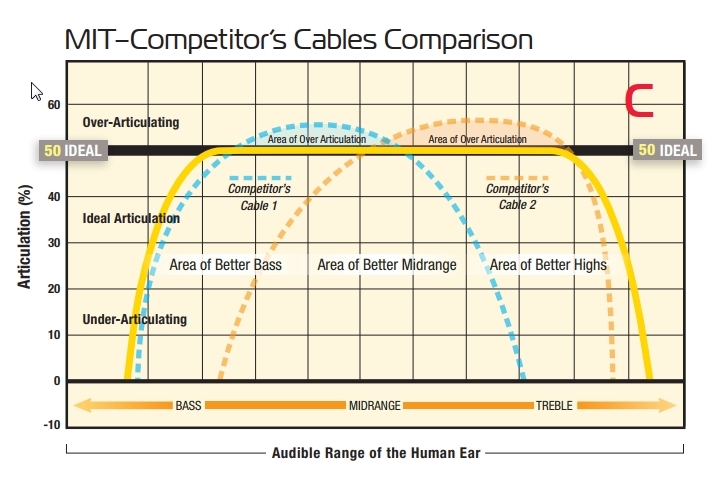
 When choosing an interface, look for the Multipole Technology logo with the performance rating indicating the number of Poles of Articulation in each product. This simple feature will help you select the correct performance level for any system, with complete confidence and accuracy.
When choosing an interface, look for the Multipole Technology logo with the performance rating indicating the number of Poles of Articulation in each product. This simple feature will help you select the correct performance level for any system, with complete confidence and accuracy.
Why Choose Multipole Technology? – It’s like having multiple cables in one! ™
Multipole Technology is the choice for Audio Expositions, Recording Studios, and the Movies
MIT Cables is often asked by High-End Audio Dealers and leading High-End Audio manufacturers to provide the supporting Speaker Interfaces, Interconnects, Power Conditioning and technology to “tie the individual components into a complete system”.
MIT Cables approaches cabling to properly interface components to operate as a single unit, or “System”. A System approach creates a single voice from many different contributors, similar to an orchestra or chorus made up of many voices. Similar to tuning an orchestra to a single perfect pitch, properly interfaced components can become more than the sum of its parts. We celebrate with our exhibit partners and all that contributed to creating the sonic experience at each of our collective venues.
MIT’s patented Multipole Technology used in virtually ALL of our Interfaces and Interconnects are requested and used by leading High-End Audio manufacturers to provide the cabling to best showcase their components at every major Audio Exposition earning repeated “Best Sound”, “Best of Show”, “Best Sound of Show” awards over the past two decades. In addition to the High-End Audio industry, MIT Cables Technology has continued use with Grammy Award winning Recording Studios, and Academy Award (and multiple nominations) for Best Sound and Best Sound Effect Editing with Skywalker Sound. Skywalker Sound is the sound effects, sound editing, sound design, sound mixing and music recording division of George Lucas’ Lucasfilm motion picture group.
If you have seen an Academy Award movie over the past 20 years, you have already experienced: Oracle Technology – Multipole Technology – and MIT Z-Technology.
MIT Cables Technology IS available for you to gain the most from your audio and visual systems. Below are some examples of Show Awards and Recognition…
Multipole with Skywalker Sound: Academy Awards for Sound and Multiple Nominations







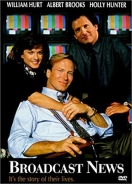



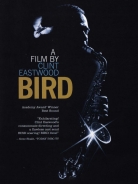



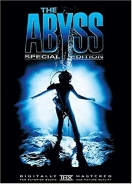
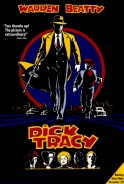


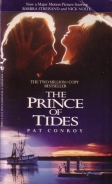



Tradeshows and Audio Expositions - Multiple "Best Sound", "Best of Show", "Best Clarity",...
Best of Show: D.Saltzman
Best Sound: J.Mullins
Best Sound: J.Hannon
Best Sound:(for the money)J.Mullins
Best Sound and Clarity: S.Rochlin Best of the Best: M.Jeffries
Five Most Significant Debuts: J.Mullins
Best Sound: J.Valin
Best of Show: J.Mullins
Best of Show: A.Taffel
Best Sound: N.Gader
Best Sound: J.Hannon
Five Most Significant Cable and Power Products: ACC Series


